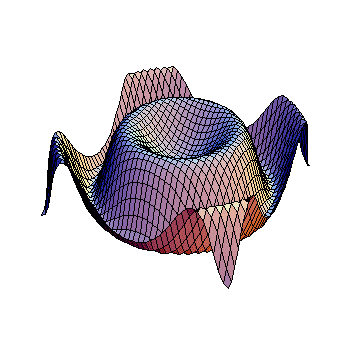What is the empirical formula of a molecule containing 24% carbon, 6% hydrogen, and 70% chlorine?
1 Answer
Explanation:
The first step we need to do is to pick our base, i.e.: a random value of our choosing that will let us change this from percentages to actual mass. For convenience's sake we can choose something like
In
Now we need to divide these values by their molar masses, because then we'll know how much atoms we can find in a molecule. For practical purposes like this we say
So we have
The empirical formula wants us to have all the values as indivisible integers, and since all of these values can divide by 2, we can reduce them from

